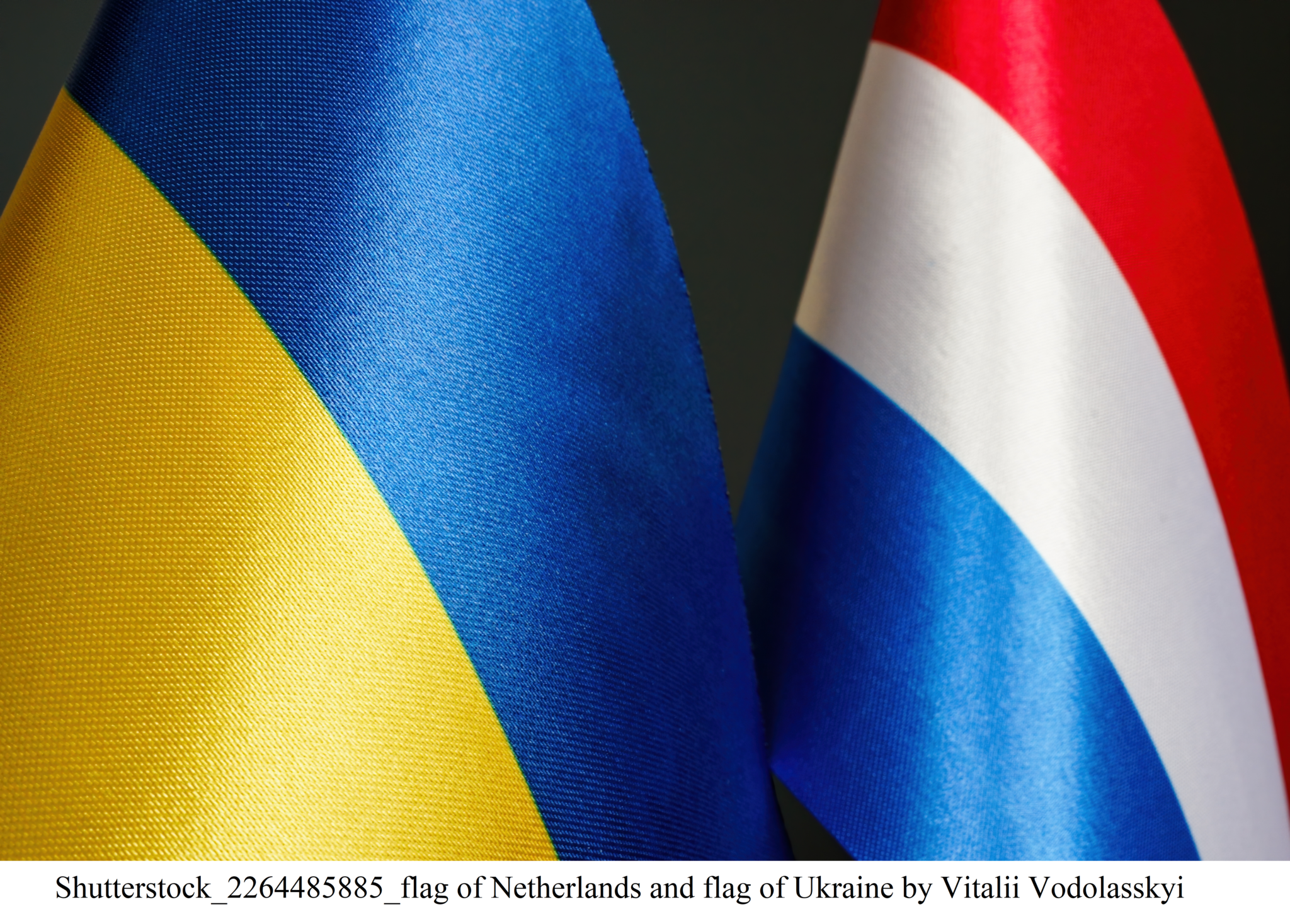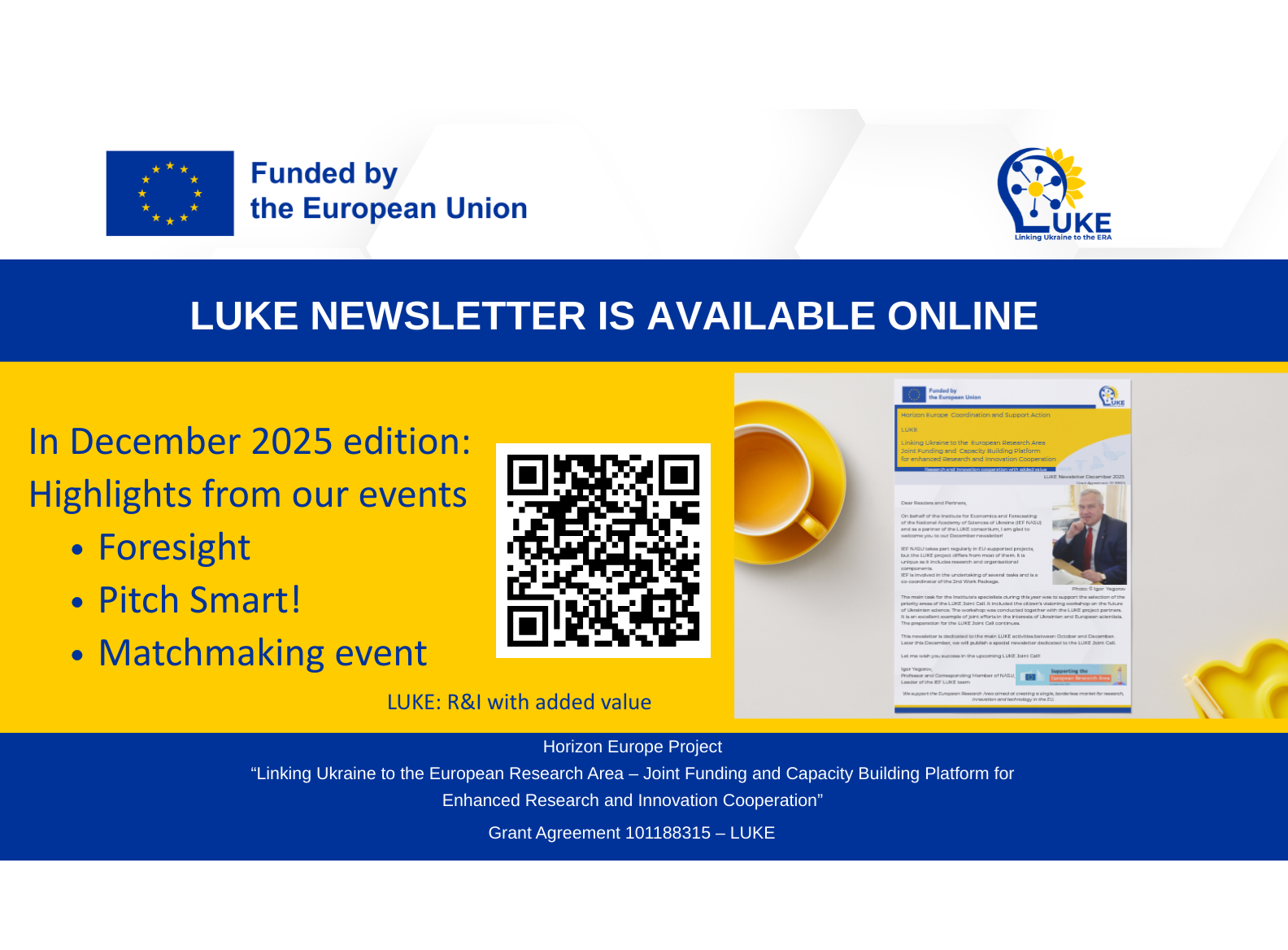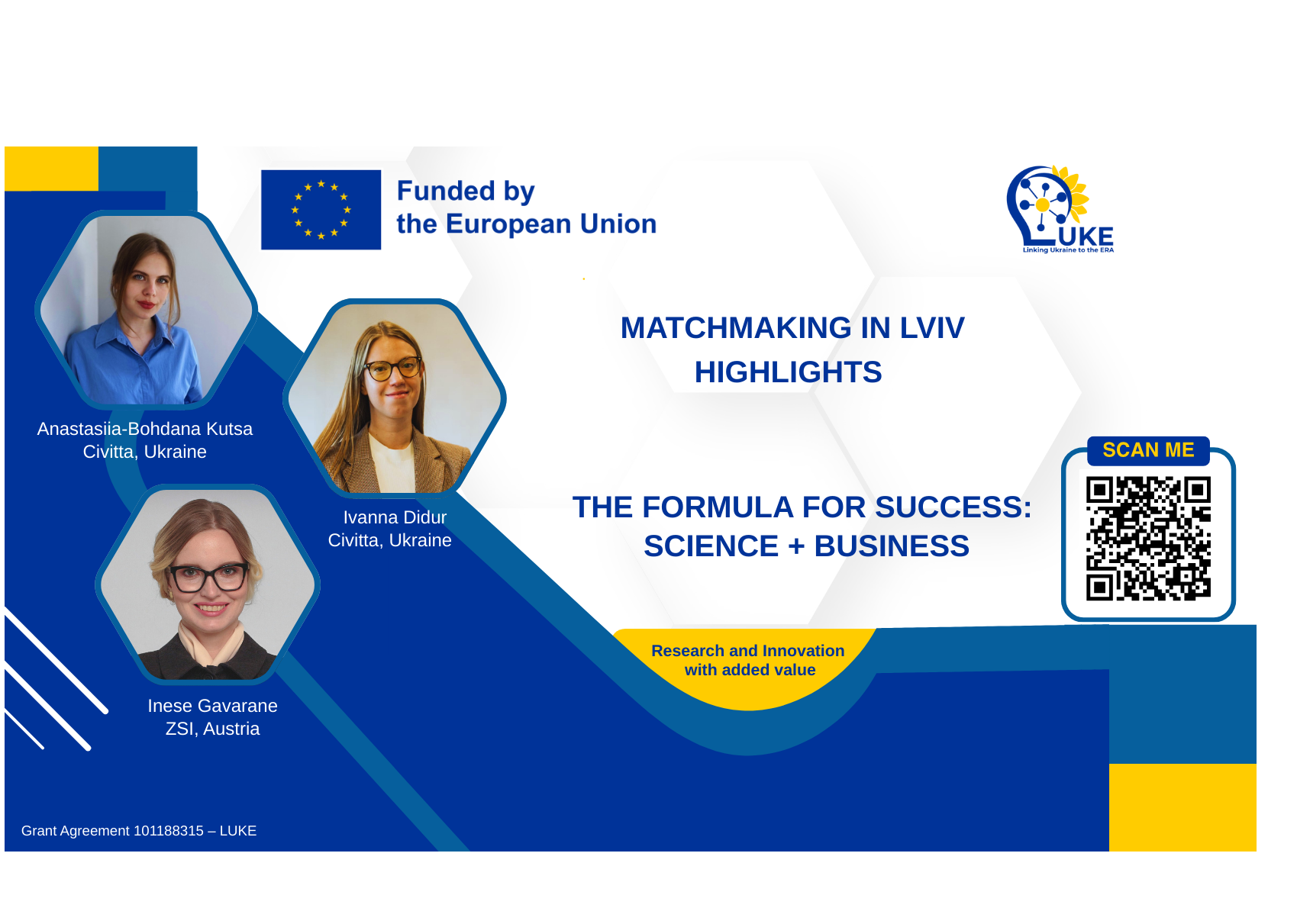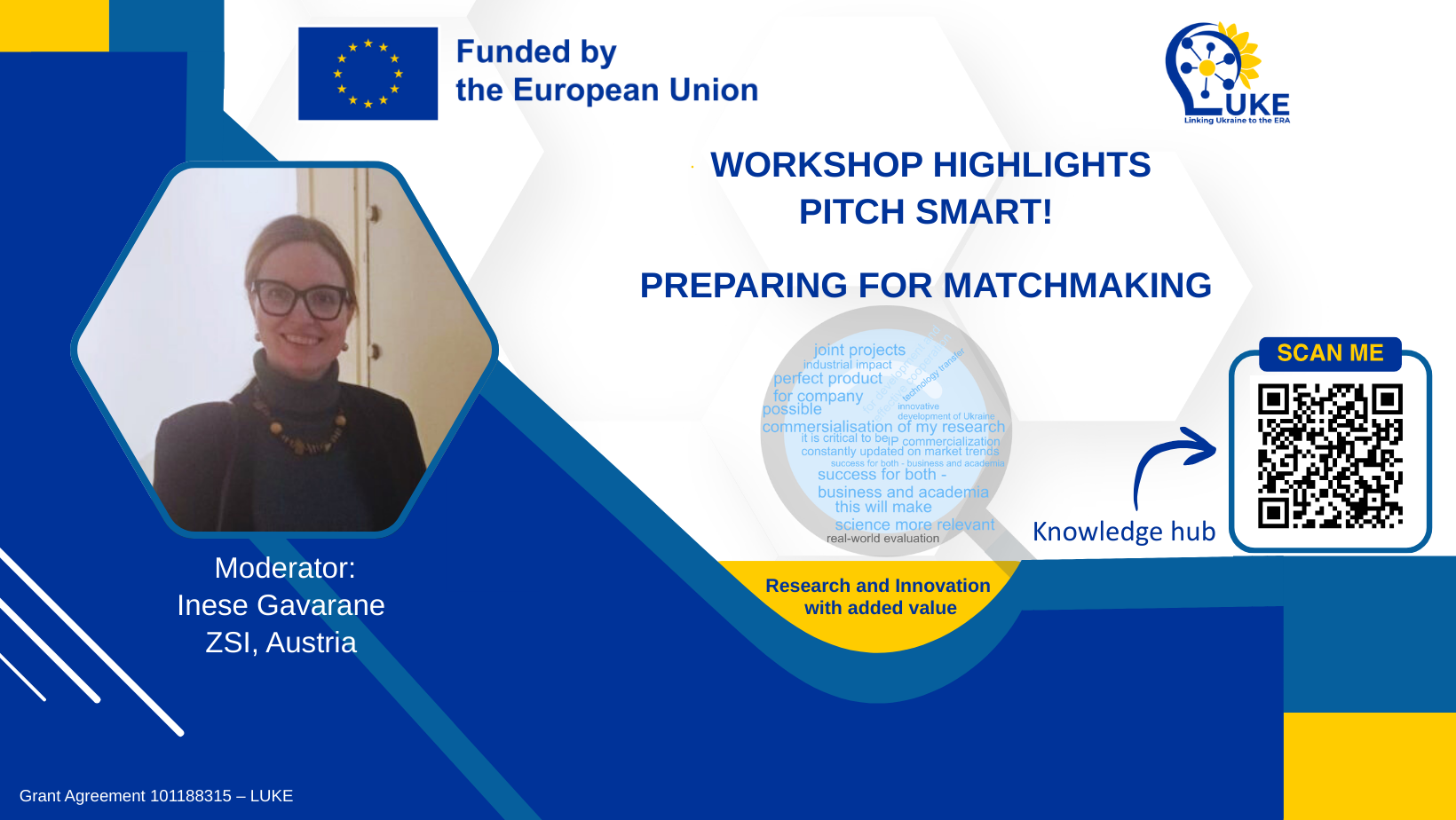Researchers study the causes of pain and look for remedies to overcome it
Institute of Food Biotechnology and Genomics of the National Academy of Sciences of Ukraine is located in the northern part of the capital. It is less than twenty kilometers from the village of Moshchun where fierce fighting took place in February-March 2022. Despite the shelling and the threat of an assault on Kyiv, the staff of the institution kept its sophisticated computing equipment in the working condition throughout March. The future of important research that had started before the war depended on it. In particular, the project ‘Enzymes of post-translational modifications of microtubule proteins as targets for inhibiting the excitability of primary nociceptive neurons of the peripheral nervous system’ which was carried out by researchers from the Institute with grant support funding from the National Research Foundation of Ukraine.
Pavlo Karpov, the PI and Head of the Laboratory of Bioinformatics and Structural Biology, continued delivering lectures online in the first days of the full-scale invasion. The researcher’s windows overlook Kyiv Zhuliany International Airport, and on February 26, right during a lecture for graduate students, the bombing of the airport began. The researcher finished the lecture in a steady voice and said that the lecture schedule would be adjusted depending on the situation at the front. The researcher managed to resume lectures only a couple of months later.
…The war scattered the project team members across different regions of Ukraine. Nevertheless, the distance did not become an obstacle to continuing the research. Remote work technologies (mastered even during the pandemic) and the support of colleagues from abroad helped out. “Until the energy infrastructure was attacked in October 2022, we managed to keep the main computing cluster in operation and use it for research remotely,” told the researcher .
The project which was interrupted by the war in 2022 (and which the team hopes to complete in 2023) is extremely important. Researchers believe that the results of their work will contribute to making another step towards understanding the mechanisms of pain (which affects about 20 percent of people in the world) and identifying promising painkillers through virtual screening and experimental verification.
The research is being carried out by the teams from two research institutions: Institute of Food Biotechnology and Genomics of the National Academy of Sciences of Ukraine and Bogomoletz Institute of Physiology of the National Academy of Sciences of Ukraine. Both institutions have unique research schools the results of which have become the basis for today’s research.
What tools do researchers expect to use to achieve success?
The researcher explained that the traditional search for new painkillers could take decades, especially if you are looking for substances aimed at new molecular targets. That is why the researchers are using new computational methods of structural bio- and chemoinformatics to search for painkillers. “Thanks to these methods, there has already been a significant breakthrough in drug-design. To put it simply, we are talking about the use of computers and appropriate programs to select promising molecular targets, clarify the mechanisms of possible drug effects, and sift through multimillion libraries of substances. These programs help to select the smallest possible group of promising substances. As well as to exclude substances with possible side effects and substances that cannot dissolve or penetrate the cell,” the PI explained.
Out of the initial multimillion database only a few dozen promising substances make it to laboratory research. In the future, these leading substances can be modified using structural bioinformatics data. This, in turn, opens up the possibility for combinatorial synthesis of the most effective derivatives.
“It is known that promising molecular targets for overcoming pain include certain enzymes that regulate microtubules and the cytoskeleton,” the PI continued. “Our goal is to determine the relationship between the activity of a number of enzymes that modify cytoskeletal proteins and are involved in the formation of pain signals, and to find pharmacological means of influence on these molecular targets based on a comprehensive study.
The researchers’ study includes both so-called wet-lab experiments (in vitro) and computational (in silico) chemi- and bioinformatics studies. The latter can be carried out on condition of uninterrupted operation of the desktop stations, the Institute’s computing cluster, and the resources of the Ukrainian National Grid. In other words, the supply of electricity must be smooth.
Fortunately, even before the massive missile attacks on Ukraine’s energy infrastructure, the researchers had managed to identify priority molecular targets and perform the most resource-intensive calculations. The researchers also checked the primary multi-million substance libraries and identified promising reference leader substances. “At the same time, our colleagues from Bogomoletz Institute of Physiology managed to develop a test system and varify the group of promising substances we selected,” added Pavlo Karpov.
Despite the suspension of grant funding and missile strikes on the energy infrastructure, the researchers have found the reference substances and discovered their chemical structure and molecular target. Laboratory tests have confirmed their effectiveness.
The researchers plan to use these substances for further electrophysiological experiments and for obtaining the next effective compounds.
“We hope that based on the knowledge gained and the identified agents, innovative protocols for drug correction of disorders that occur in chronic pain conditions of various etymologies will be implemented,” emphasized Pavlo Karpov. “It is important that we use the compound libraries of Ukrainian companies. That is, our research is a self-sufficient national project. Ukrainian research and Ukrainian companies specializing in drug-design are working together, and we are confident that the interaction between research and business will yield good results.”
Interviewed by Svitlana GALATA





